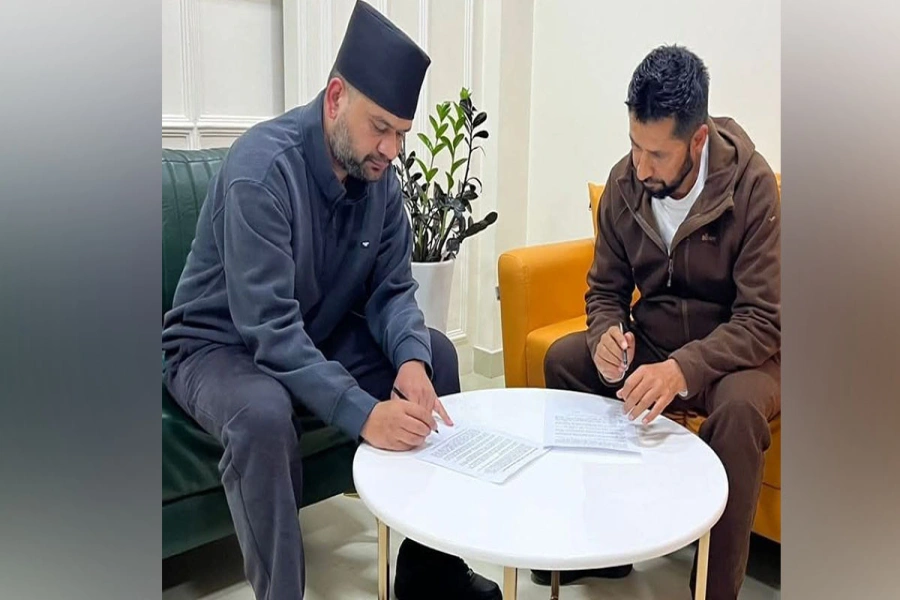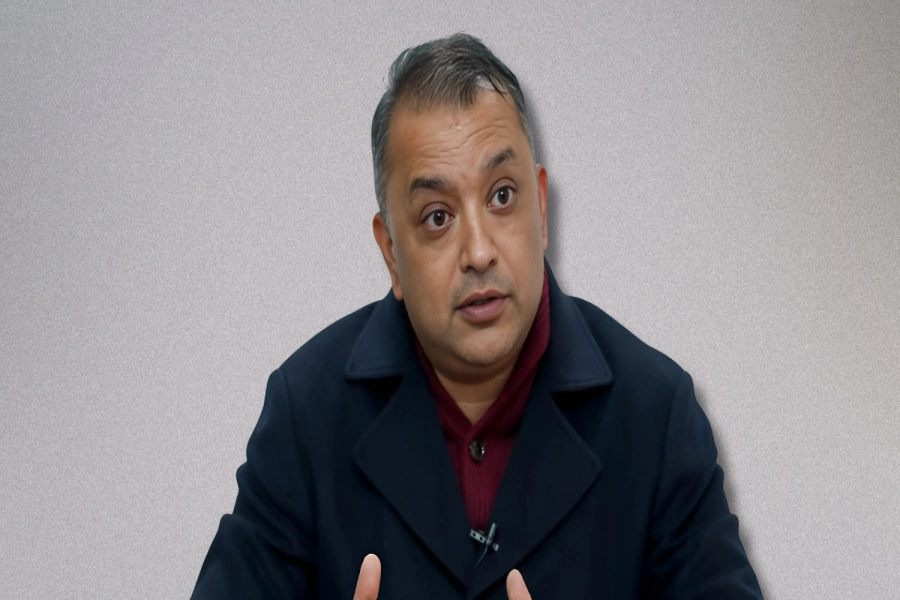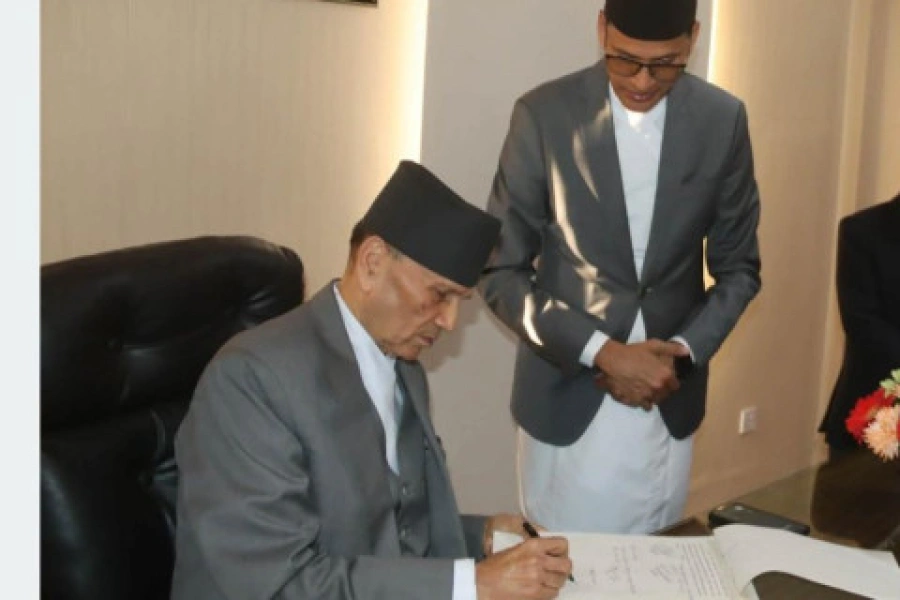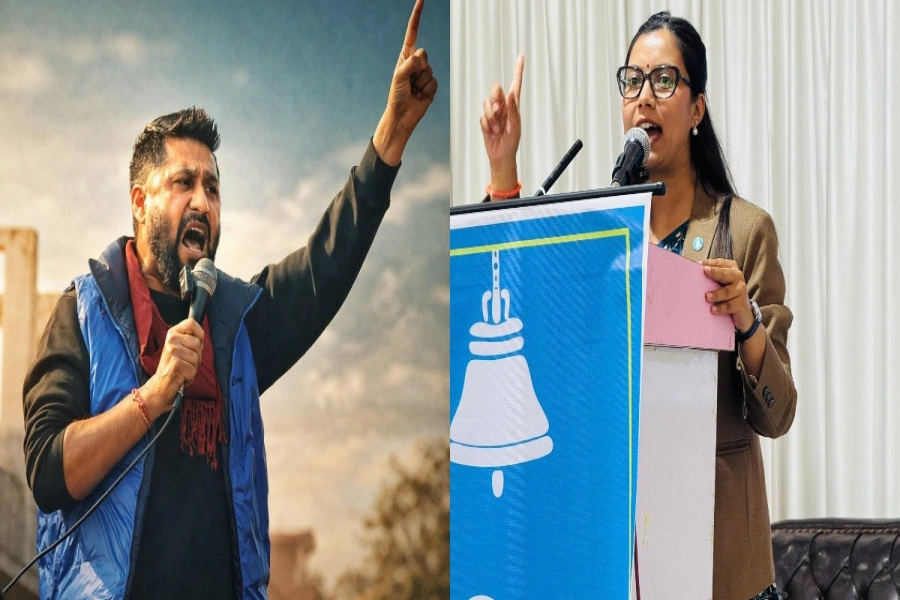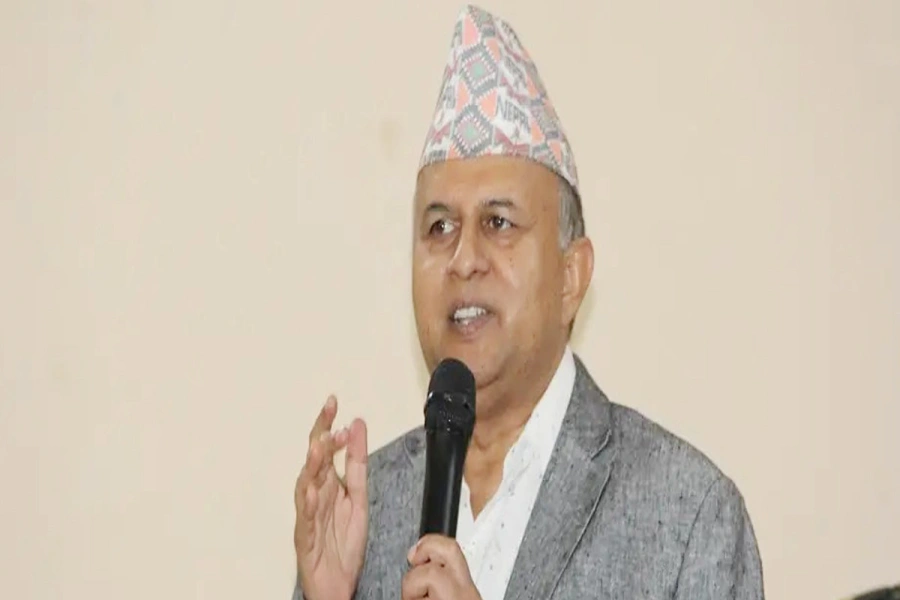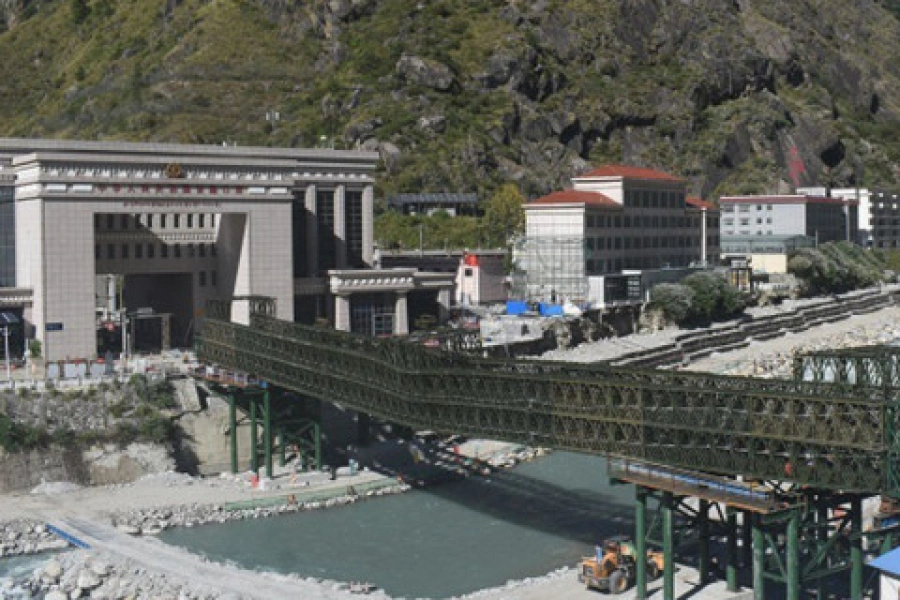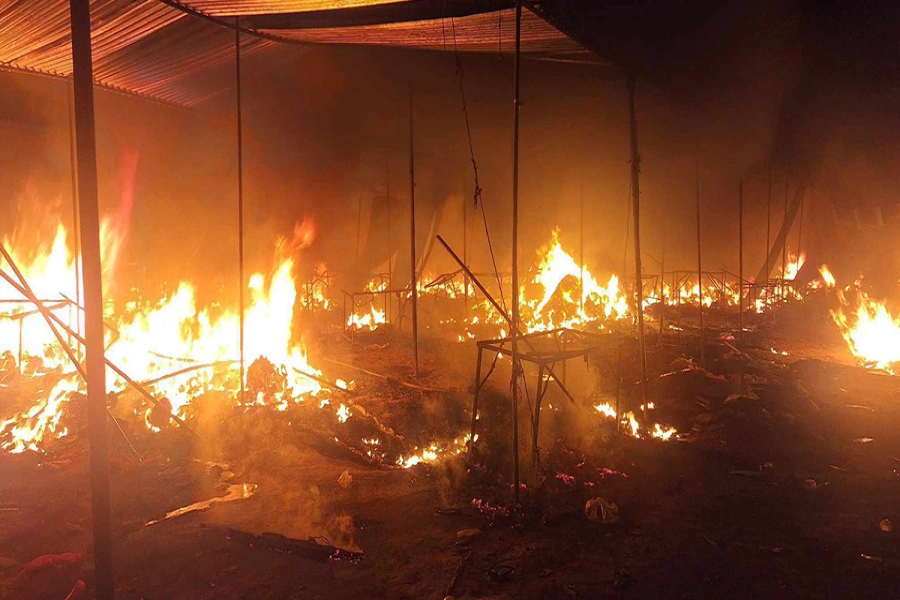Madhesh is a geographical area that covers a major stretch of Nepal from East to West.
Why the Madheshi Commission removed Muslims and Tharus from the...

The people from Madhesh share intensive resemblance with its neighboring regions which are part of another country called India. However, people from Madhesh are not Indians but Nepali citizens.
Madhesh constitutes 51 percent of total population of Nepal. Within this framework, four cultural groups are predominant. Communities with their historical base in Hilly regions or Pahadi Madheshis, Indigenous Tharu community, communities with historical roots in Madhesh or Madheshis and Muslims.
these groups, Pahadi Madheshis are the most numerous (39 percent). While the concentration of overall population is heavy in Madhesh, their representation at national level is meager. Less than five percent of total population is engaged in the country's bureaucratic structure. There is little to no representation of Madheshis in Nepal Army. Except for technical fields, this statistical imbalance is evident in all sectors. Socially, Madheshi communities are treated more like Indians than Nepalis, giving a misleading picture of their history, culture and identity.
If, in your homes, you were always treated differently than your other siblings, and not in a good way, you would definitely retaliate. However, in the case of Madheshis, why so much doubt and questioning when they retaliate against poor treatment? There is an ugly word in English: "discrimination". I was walking around Makhan Tol in New Road the other day and I heard a mother say to her son, while pointing to a Pani Puri seller of Madheshi origin, "Don’t go near that Madhise. He will kidnap you. He will put you in his sack and sell you." I looked at that that Madheshi man, who was probably in his forties, and saw an expression of defeat. Still, you ask: Why the Madheshi movement?
There are few major issues of this movement. The first is that of autonomous state. The notion of self-rule is that for a region to prosper, it is vital for the people of that region to have certain rights: to be able to create their own systems, structures, responsibilities and benefits. This notion of self rule has been unjustly criticized as "anti-national". It is clearly stated that the autonomous states will work within a national framework and will be under the overall mandate of the state or central government.
The second highlighted issue is shared rule. People from Madhesh and marginalized ethnic groups do not have strong hold in the bureaucratic structure of the country. This implies that more attention is needed to ensure equal opportunities and ample participation of Madheshis.
The third aspect is citizenship. It has already been clarified that dual citizenship should not be allowed. However, it is demanded that people from different nationalities married to Nepali citizens be allowed to opt for Nepali citizenship; also, those who have been living in Nepal for over 14 years be permitted to hold Nepali citizenship. All these issues need to be addressed in a diplomatic yet responsible way.
There are three challenges faced by the marginalized communities. The first is indifference of the state. Even months after the online Madheshi movement, the government didn't address the issue. Media chose not to broadcast the reality in the region. The second challenge is indifference of other communities and mainly of those in the capital. So long as this movement is not identified by every single person or at least the majority of Nepalis as their own, things won't improve.
The third obstacle is the leadership of the Madhesh movement. From reports of corruption of Rajendra Mahato to retaliation against Bijay Kumar Gachadar in his own party, this revolution has enemies within. What people from Madhesh need more than anything right now is a truly united front of leaders who will risk everything to ensure Madheshi rights. Without that, this movement will not lead anywhere.
There are two different realities: one is what we perceive and another is what is actually out there. This was revealed during the ongoing Madhesh movement. There have been many judgments passed by analysts, politicians, pedestrians and keyboard warriors. The fact that the government has still not taken responsibility for killing so many people in Tarai, the apathy of people especially from the capital towards the movement and the shift of attention to India suggest the incredulous level of neglect.
We Madheshis still believe Nepali is sovereign and integrated and are proud of absence of violence based on ethnicity. But we are afraid: afraid of the winds of change, of breaking with status quo, of probable outcomes. This fear has always dragged us down and been a factor in our manipulation and use as pawns. This shouldn’t be a fight for rights of Madheshi and indigenous communities. This should be a fight for rights of our people, of everyone.
If a large section of our national population has been marginalized, all of us should be angered by it. Instead people are pointing fingers, secretly laughing and cynically making assumptions among Madheshis, hidden behind their pseudo-nationalism.
This email address is being protected from spambots. You need JavaScript enabled to view it.">animalnepalshristi@gmail.com







